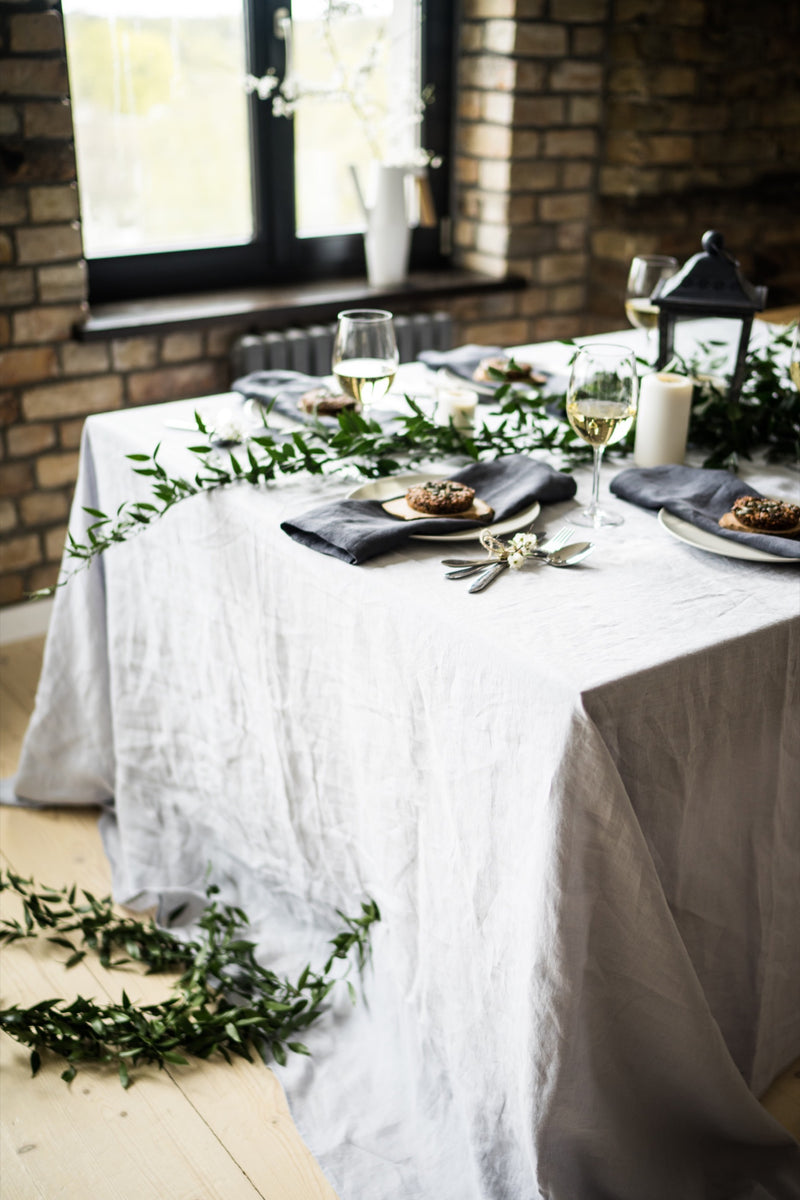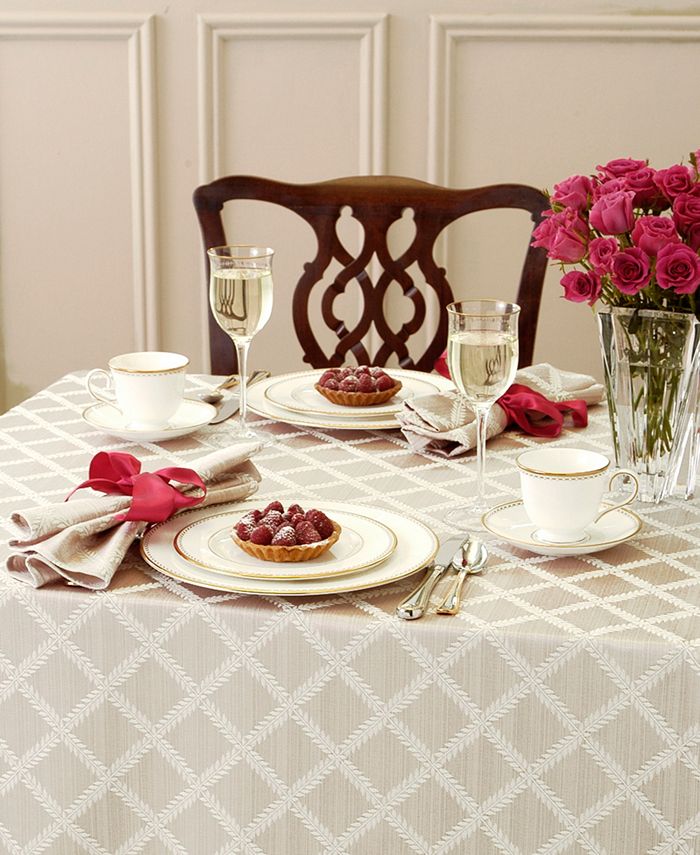Innovative Table Runner Uses: Beyond the Table
Innovative Table Runner Uses: Beyond the Table
Blog Article
Bed Linen Textile Developments: Checking Out Modern Trends and Creative Applications in Layout and Textile Sector
From sustainable manufacturing methods to advanced weaving modern technologies, the development of linen is reshaping the landscape of the textile industry. As we dig into the realms of creative layout applications and the introduction of linen blends and crossbreed fabrics, a new chapter unravels in which linen's function in future fabric technologies takes facility phase.
Lasting Practices in Bed Linen Manufacturing
Sustainable methods in linen production have become significantly crucial in the fabric market's initiatives to lessen environmental influence and advertise ethical sourcing approaches. Linen, an all-natural fiber originated from the flax plant, uses a variety of advantages such as biodegradability, toughness, and breathability. However, typical techniques of bed linen production can entail considerable water consumption, pesticide usage, and energy-intensive processes.
To attend to these challenges, several textile suppliers are adopting lasting techniques throughout the linen production procedure. This includes sourcing flax from natural farms that prevent hazardous chemicals and chemicals, implementing water-efficient retting methods to remove fibers from the flax stalks, and utilizing green dyes and coatings. Additionally, some business are purchasing renewable energy resources to power their manufacturing centers and reducing waste via recycling and upcycling campaigns.
Technical Developments in Bed Linen Weaving
With the expanding focus on lasting techniques in linen production, the textile sector is currently witnessing a surge in technological improvements especially intended at revolutionizing the art of linen weaving. These technologies are improving the means linen materials are generated, offering enhanced performance, high quality, and creativity in weaving techniques.
One of the essential technological developments in linen weaving is the combination of computerized looms. These advanced looms are geared up with software application that enables for complex and complicated styles to be woven with precision. By digitizing the weaving procedure, manufacturers can achieve greater uniformity and precision in their linen fabrics.
Additionally, developments in yarn spinning technology have enabled the manufacturing of finer and even more long lasting linen yarns - table cloths. This causes softer and smoother linen materials that keep their quality also after several uses and cleans
In addition, the advancement of environment-friendly dyeing procedures and surfaces for linen textiles is acquiring traction. These lasting methods not only lower the environmental impact yet additionally cater to the increasing customer demand for morally created textiles.
Creative Layout Applications for Bed Linen
Cutting-edge artistic techniques are significantly shaping the innovative layout applications for linen in the fabric industry. Linen's natural visual allure and capacity to blend with other materials make it a favored option for developing distinct garments and devices that provide to the environmentally mindful customer.
In addition, developers are explore linen in home design, utilizing its breathable and durable nature to craft trendy furnishings such as curtains, bed linens, and upholstery. The structure and drape of bed linen bring a sense of refinement and comfort to interior rooms, adding a touch of sophistication to modern-day homes.

Bed Linen Blends and Crossbreed Fabrics

Hybrid textiles, on the other hand, take the principle of mixing a step better by integrating additional components such as metal strings, recycled materials, or conductive fibers. These innovative textiles not only increase the design opportunities however also present functional elements like conductivity, antimicrobial properties, or boosted toughness. Hybrid materials are increasingly being used in various markets, consisting of fashion, indoor design, and technological fabrics, where the need for multifunctional materials gets on the surge.
Linen's Duty in Future Textile Innovations

In the world of future textile developments, linen is anticipated to be a vital gamer in the development of advanced practical materials. Designers and researchers are checking out means to boost bed linen's inherent qualities with technological improvements, such as including clever fabrics, nanotechnology, and efficiency coatings. These innovations aim to elevate bed linen's performance qualities, making it appropriate for a wider variety of applications, from activewear to safety garments.
Additionally, the mix of bed linen with other natural or synthetic fibers opens up endless possibilities for creating novel textiles with unique homes and functionalities. By leveraging bed linen's features and exploring cutting-edge blends, the textile industry is poised to present exciting growths that deal with advancing consumer needs and sustainability requirements.
Verdict
Finally, the exploration of sustainable techniques, technical developments, creative layout applications, bed linen blends, and its function in future textile technologies highlight the constant development of bed linen material in the modern layout and fabric industry. With a concentrate on click site development and creativity, the versatility and green nature of bed linen make it a valuable material for makers and designers alike, leading the way for more advancements and innovations in the field of fabrics.
As we dig right into the realms of imaginative style applications and the appearance of linen blends and hybrid fabrics, a brand-new chapter unravels in which linen's role in future textile technologies takes center phase.
Exploring the combination of bed linen with other materials has actually led to the development of cutting-edge blends and hybrid textiles in the modern fabric industry. Bed linen blends offer a distinct mix of the characteristics of linen with those of various other fibers, resulting in fabrics that possess improved buildings such as increased longevity, improved draping, and lowered wrinkling.The evolution of linen blends and hybrid materials has actually established the stage for Linen to play a critical function in driving future fabric innovations.In the realm of future textile advancements, linen is anticipated to be a vital player in the advancement of innovative useful fabrics.
Report this page